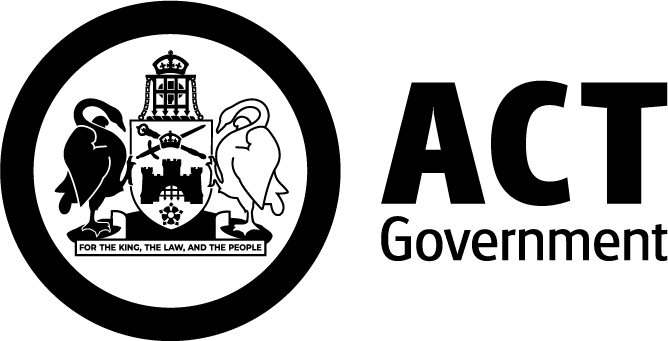Murrumbidgee Bossiaea (Bossiaea grayi)

Description
- The Murrumbidgee Bossiaea is a rare, wiry shrub with no leaves that grows up to 1.5 m tall.
- Flattened stems (called cladodes) function as leaves.
- It has yellow and rust-red flowers that bloom between September to October.
- These then develop into long seedpods that fall off the plant in December.
Find out more about the Murrumbidgee Bossiaea on Canberra NatureMapr.
Where to find it
The Murrumbidgee Bossiaea is only found in the ACT. It's at-risk extinction due to its small and fragmented population.
The shrub grows in sandy and skeletal soils in rocky areas in high flood level areas. It's found across sites in the ACT at:
- the Murrumbidgee River
- Paddys River
- Cotter River.
Conservation threats
The biggest threat to the Murrumbidgee Bossiaea is its separate, small populations. Other threats include:
- competition from weeds and native shrubs for water, nutrients and light
- forestry operations and fire trail management
- not all populations being protected by the reserve system
- recreational vehicle activities
- dieback in some areas
- impacts of off-target herbicide spraying
- erosion and changes to riverbanks from flooding
- loss of habitat.
Conservation status
- Australian Capital Territory – Endangered (Nature Conservation Act 2014), Special Protection Status native species (Nature Conservation Act 2014).
Conservation actions
Conservation actions aim to:
- conserve all sub-populations in the ACT
- manage the species habitat and find more areas where they can grow
- prevent decline of the species’ sub-populations
- ensure land managers and field workers are aware of the species and its sub-populations
- support research to better understand the species, including further research into seed germination
- raise awareness and gain support from the wider community to protect the species
- Conduct more monitoring and research to help understand the species
- Increase seed collection at The National Seed Bank at the Australian National Botanic Gardens.
Other conservation actions and information
You can find more information and the latest research from the CSIRO about the Murrumbidgee Bossiaea.
